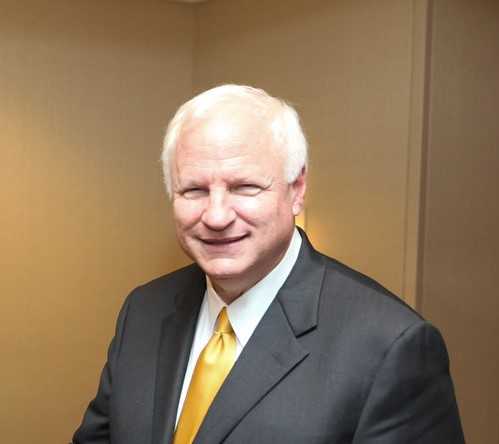
In this graduate seminar in psychology, students learned how to apply the theories and research from social and personality psychology to real world situations in order to gain a better understanding about how otherwise psychologically healthy individuals cope with psychological problems and distress caused by uncontrollable situations. In addition, they learned how social and personality processes impact clinical and social problems, such as depression and genocide. A major part of the course focused on the examination about how social conditions, propaganda, discrimination and aggression are manipulated to create genocides. The course relied on real world examples of genocides, particularly the Holocaust and the genocide against the Tutsi in Rwanda. By listening and analyzing the stories of survivors and witnesses of these genocides, students were able to think psychologically about how people cope with these circumstances.
For this purpose, students were assigned to review, analyze, and comment on a couple of testimonies of genocide survivors and rescuers housed in the USC Shoah Foundation Visual History Archive. Although the course focused on the Holocaust and the 1994 genocide in Rwanda, some students also watched and examined testimonies related to other genocides, such as the Armenian and Cambodian genocides, the Nanjing Massacre, and the 2017 mass violence against the Rohingyas. While watching testimonies, students noted survivors' acts of resilience and the resourcefulness, perseverance, and strength survivors exemplified in order to deal with and survive the otherwise uncontrollable circumstances, such as Nazi concentration camps. They observed the impact of trauma on survivors' memories of their traumatic past, as well as the way traumatic experiences affected survivors’ identities (religious or other) and their life choices after the war.
Some students also took notice of the kinds of emotions survivors displayed, such as joy or sadness, while discussing traumatic events, and paid attention to the manner in which survivors conducted themselves when recounting their past (for example, whether they retold their story calmly or used neutral language when talking about negative aspects of their experience). Some of the themes that emerged as a result of students’ observations of survivors’ and rescuers’ testimonies are the following: acts of sacrifice and compassion; hope; a decision to survive; recovery of a survivor’s sense of self; fear of abandonment; and scattered memories as a result of trauma. In their group discussions of the testimonies, some students also addressed the way they were affected by hearing the testimonies, how the testimonies influence their understanding of history, and what they learned about human behavior and themselves.
"Even more extraordinary, it struck me, is the millions of stories of people's lives and deaths that were lost, which the world will never know - their suffering and joys, the small ways they survived, the unimaginable ways they perished. If I could, I would honor each one. The great import of this work, preserving these poignant testimonies, is something that first hit home years ago when in high school, and later when I visited a Holocaust museum and heard survivors speak. Though sometimes there are truly no words to describe certain experiences, it seems as humans we have to try. Wishing there were enough hours in the day, week, or year to hear the testimonies from everyone affected by genocides, although I know there is not. These testimonies need to be heard, lest the world forget." Leila Joseph, student
____________________________________________________________________________________________________________________________________________
If you are interested in incorporating the Visual History Archive into your course and want to discuss ideas for doing so, please feel free to consult with our staff by email [email protected].